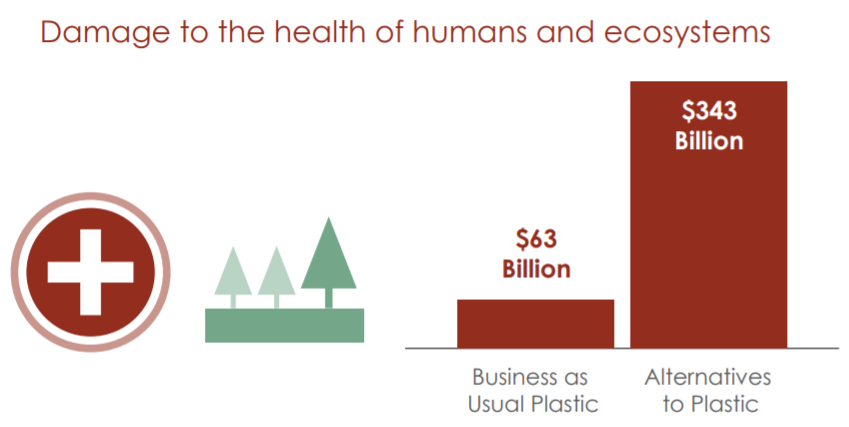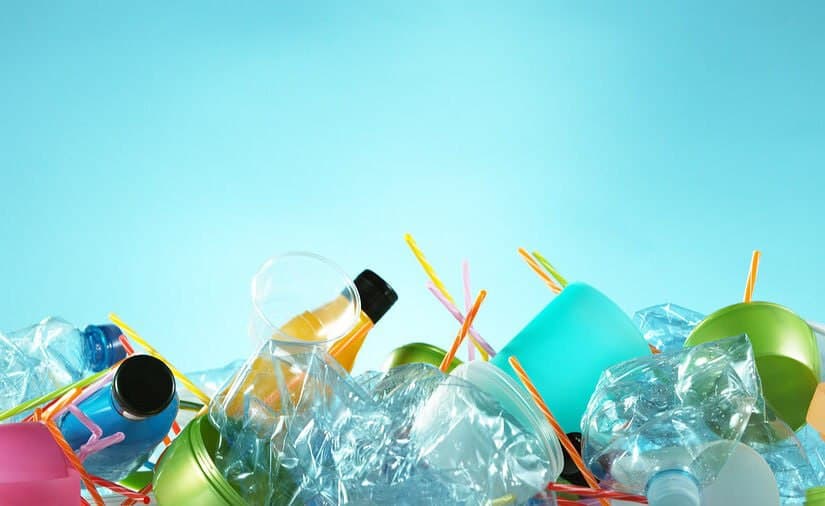By Eqram Mustaqeem, Dayang Aqilah Binti Abg Sarkawi and Nurul Izzaty Binti Muhammad Aris
Plastics is a man-made material that is used to manufacture products for our daily usage. Plastics was invented as an alternative to natural materials and is meant to be cost-effective, easy to manufacture and ironically environmentally friendly.
Looking at the history of plastic, in the past, billiard balls were created out of ivory or elephant tusks; subsequently due to a shortage of ivory in the market, in 1863, a company called Phelan & Colander offered a $10,000 reward for anyone who managed to come up with an alternative material. Taking up the challenge, John Wesley Hyatt succeeded in producing a synthetic polymer known as celluloid (an earlier form of plastic). Although he did not obtain any cash reward for his invention, it made him the first person to invent plastic.
Another piece of significant plastic history can be seen through the invention of plastic bags. A Swedish engineer by the name of Sten Gustaf Thulin created them in 1959. Plastic bags were originally meant to be a greener alternative to paper bags which had to be manufactured from wood pulp. The fact that plastic bags were more durable than paper bags also meant that it would be reused, however in practice, plastic bags are often considered as single-use plastics and have had a great toll on the environment.
From the bits of history provided, it can be seen that plastic was originally meant as a more sustainable alternative, however in the current age, plastic is considered as the antithesis of sustainability and is often demonised as the perpetrator of environmental destruction. However, is it fair to paint this perspective on plastics? In this article, we are looking at ways to challenge the negative notion surrounding plastics
Arguments for the good of plastic
Firstly, plastic manufacturing produces low levels of carbon emission. It is a common narrative that to go green, we must replace plastic with other alternatives. Let’s take the common example of replacing plastic bags with tote or paper bags, and replacing plastic straws with metal or paper alternatives. According to an evidence-based study made by the United Kingdom environment agency in 2006, plastic seems to be the most environmentally friendly material for bags if we refer to the table below;

This is owing to the fact that the chain of manufacturing a plastic bag is very efficient compared to other alternatives. It generally requires less energy to produce, combined with efficient manufacturing and raw material extraction process and add on the fact that it is light and easy to transport, it is not difficult to see why plastic is to a great extent an environmentally friendly material. To get a better understanding, one can refer to the chart below,

This chart shows how HDPE (plastic) bags contribute the least to global warming compared to the other alternatives.
The same conclusion can be arrived at in the matter of plastic straws. In the past years, there has been a common trend of substituting plastic straws with other alternatives, commonly metal straws. The anti-plastic straw movement was spearheaded by the notion to save the environment and marine life that often choked on plastic straws. However, looking from a different point of view, there might be a strong case for the use of plastic straws. The table below is a summary of a study conducted by Humboldt State University (HSU) Sustainability Office during the fall of 2018:

From the table we can infer that plastic is one of the more greener materials for straw production; alternatives have to be used for plenty of times in order for it to be equal to the carbon emission and energy used to produce one plastic straw.
Additionally, plastic as a material has also managed to offset pollution. The increasing use of plastics in the manufacturing of transport vehicles such as cars, aeroplanes and even trains have significantly reduced emission and energy use. As plastics are light, less fuel would be needed to move vehicles manufactured from plastic materials consequently dropping emission rates. For example, some 22% of the Airbus A380 is built from carbon reinforced plastics. This helps to reduce the fuel consumption of these aircrafts. Another example is the use of plastic composite panels in Swiss trains has led to a 25% reduction in weight and consequently significant energy savings. For cars, according to the American Chemistry Council, todays plastics make up 50 percent of a vehicles volume, but from this 50% it only contributes to about 10 percent of a vehicles weight.
Furthermore, plastic plays a big role in reducing food wastage. Food waste itself is a bigger contributor to climate change than plastic, as they break down, they emit methane, which is many times more harmful in the short-term to our climate than carbon dioxide (CO2). This is where plastic can be seen as a necessary evil in helping to reduce the problem of food waste. Take the examples of grapes and cucumbers, for the former, plastic packaging can extend its shelf life from three days to 14 days, while grapes sold plastic bags or trays can reduce in-store wastage of grapes by 20%. Combine these examples with the fact that in todays world, food is imported from far reaching places, adequate packaging is needed to prevent damage and maintain freshness of these food products when they are transported through a far distance, and these problems are solved with plastic packaging.
Moreover, the notion of plastics being an environmentally friendly material is not only isolated in the examples given earlier. In 2015, Trucost and the American Chemistry Council made a report in 2015 on the environmental costs of plastic and compared it against plastic alternatives in various consumer goods, the findings of the report states that the environmental cost of plastic in consumer goods is 3.8 times less than the alternatives materials that would be needed to replace plastic. These findings can be summed up in the following charts and infographics;



These statistics show that plastic is the more environmentally friendly solution in comparison to its alternatives as it has a smaller environmental cost.
Lastly, plastic has allowed humankind to innovate, it has made possible the development of computers, cell phones, and most of the lifesaving advances of modern medicine on top of being utilised in a lot of ways for human benefit. Albeit growing mistrust, plastics seems like it is here to stay.
Plastics was originally created to lessen our dependence on natural resources that may have bigger pollution consequences than plastics, and from what is shown above, plastics is indeed the greener alternative in comparison to other materials, however, like most things in this world, plastics too has its pros and cons.
Although the article seeks to bring arguments for the good of plastic. it should always be remembered that plastics can have negative impacts to the environment. We should always be mindful in our use of plastics and should always strive to use as less of it as possible. The most important principle in being a more sustainable person is to use less of anything as possible even if it is environmentally friendly.***
(This article is written as part of Feature Writing series on environmental issues in collaboration with IIUM Eco Club)
